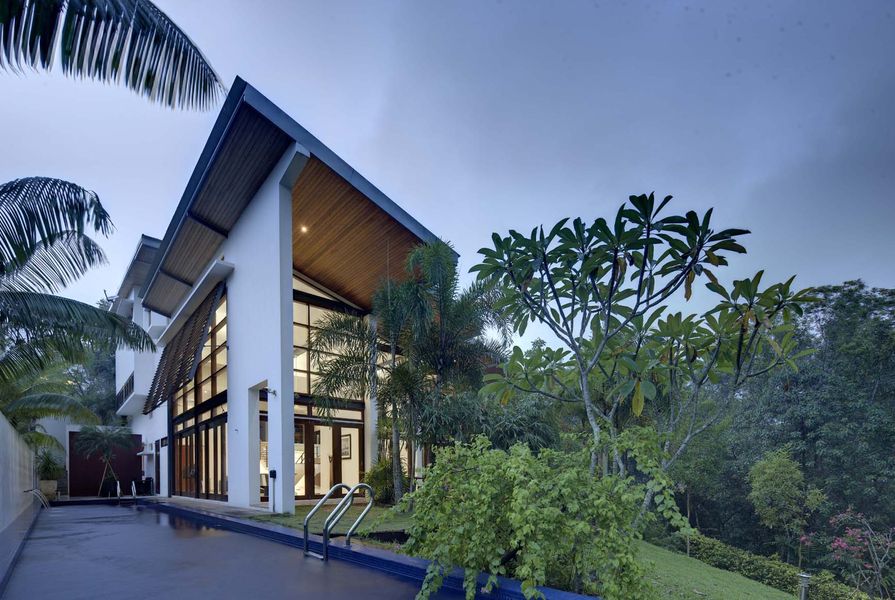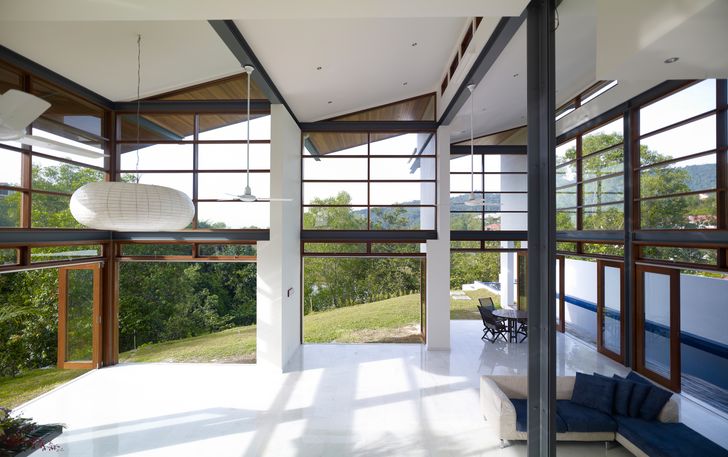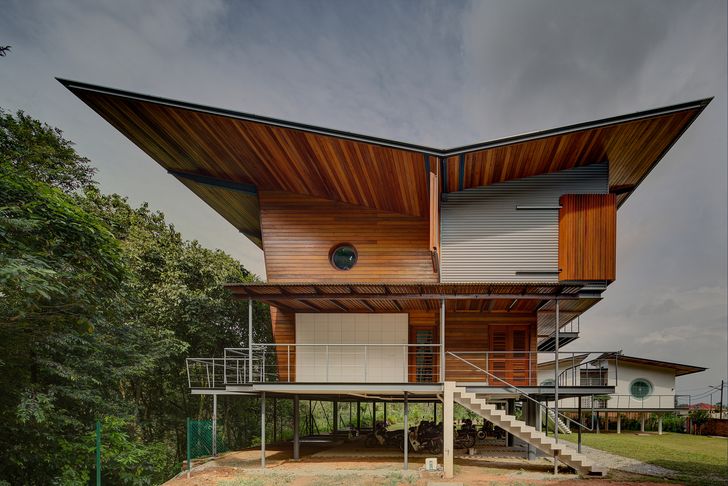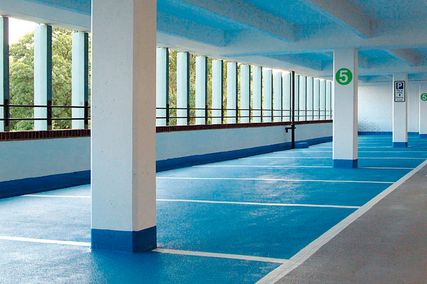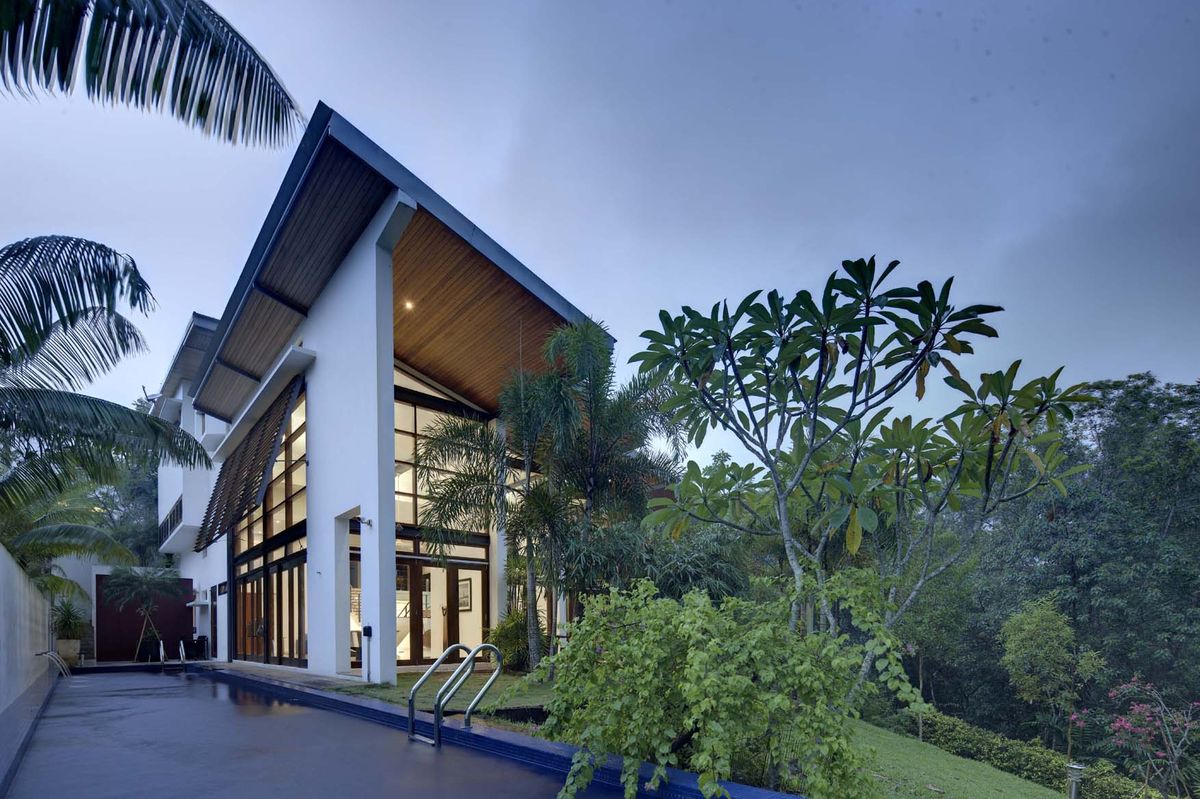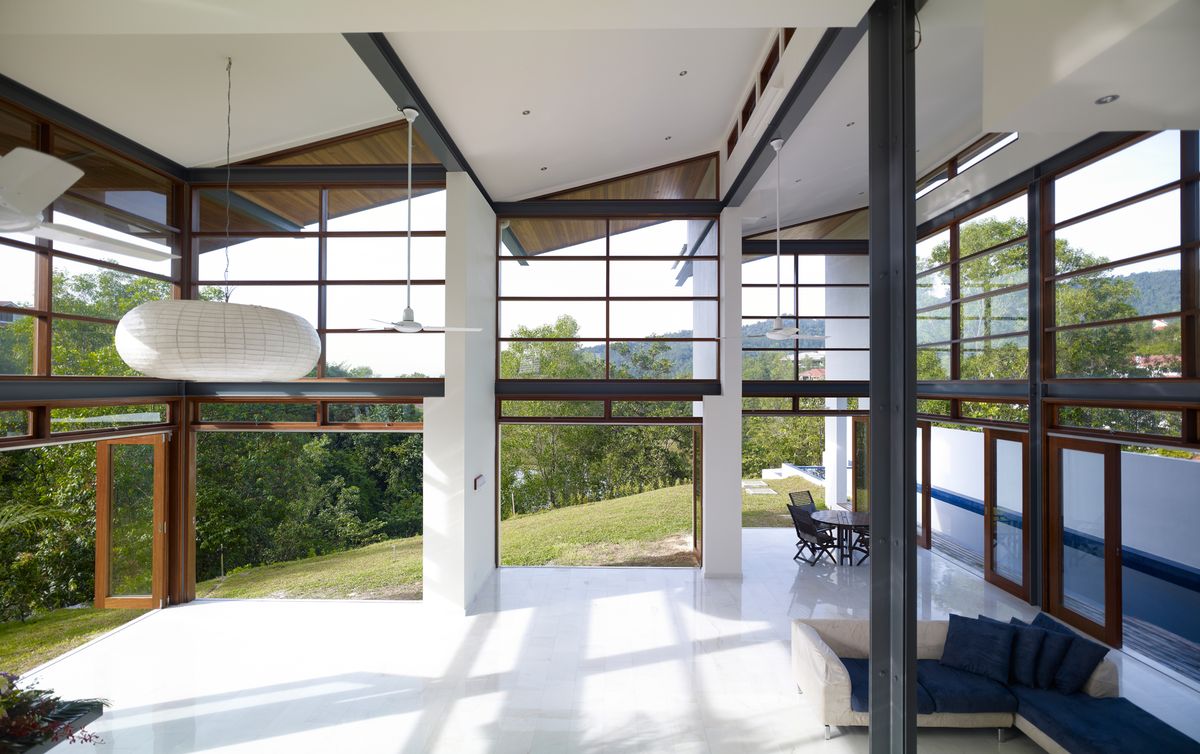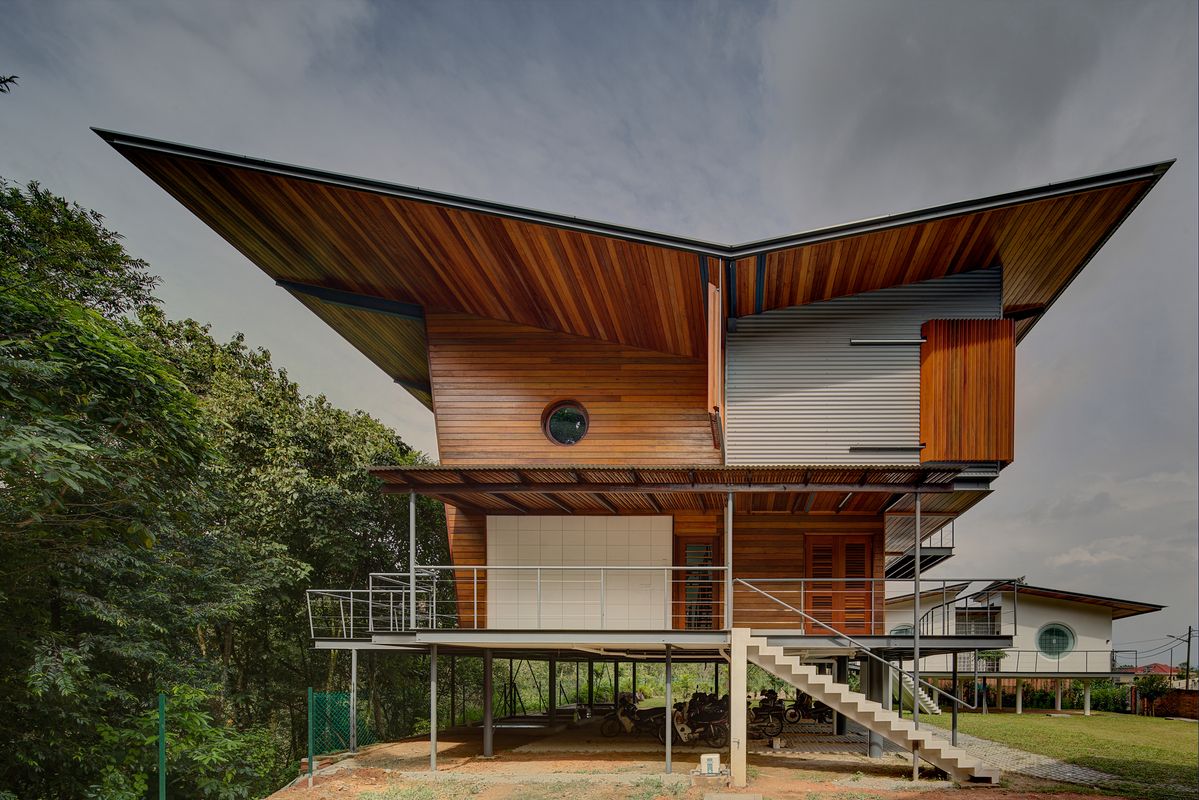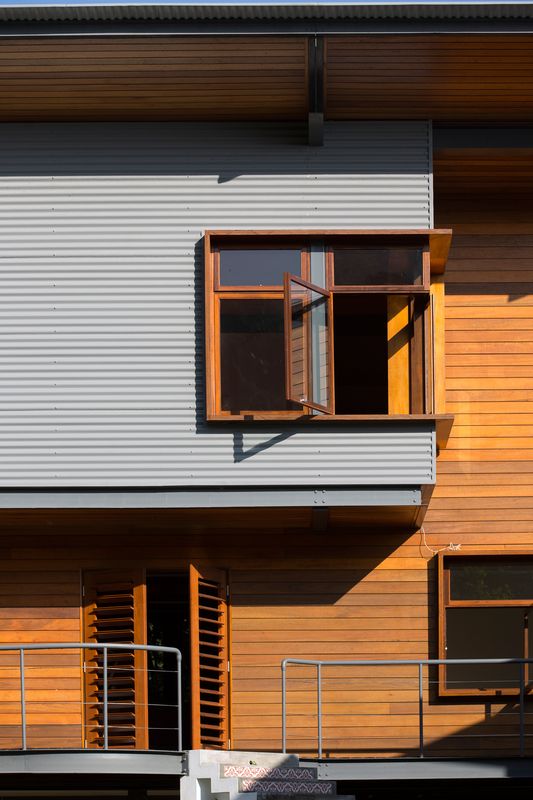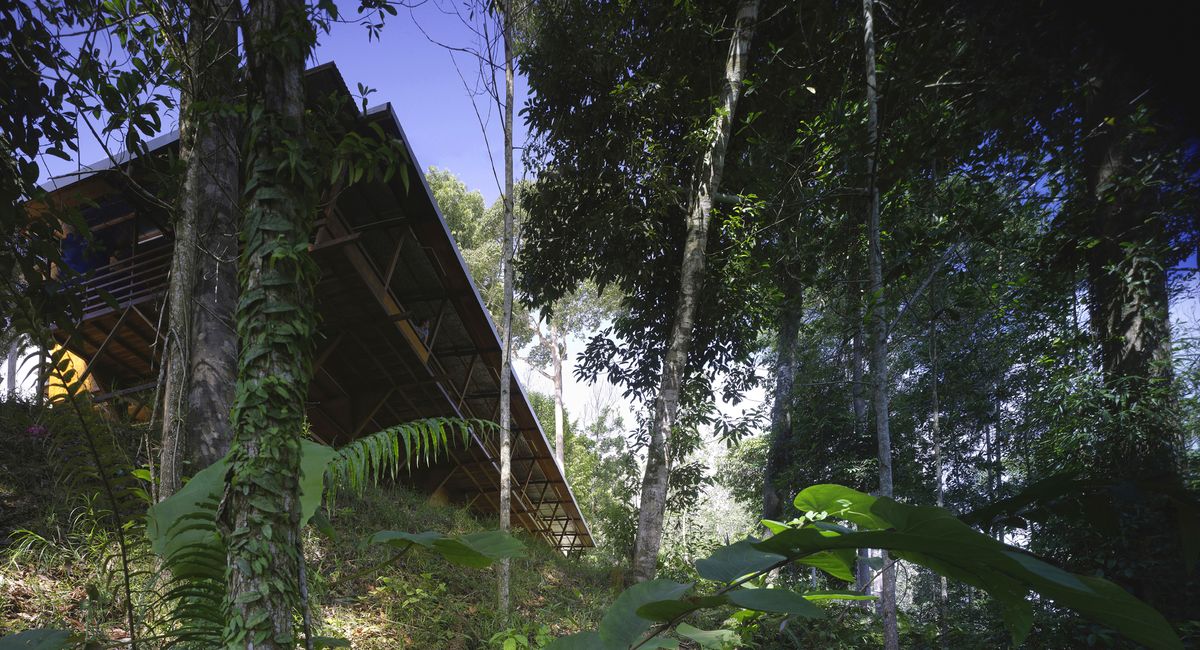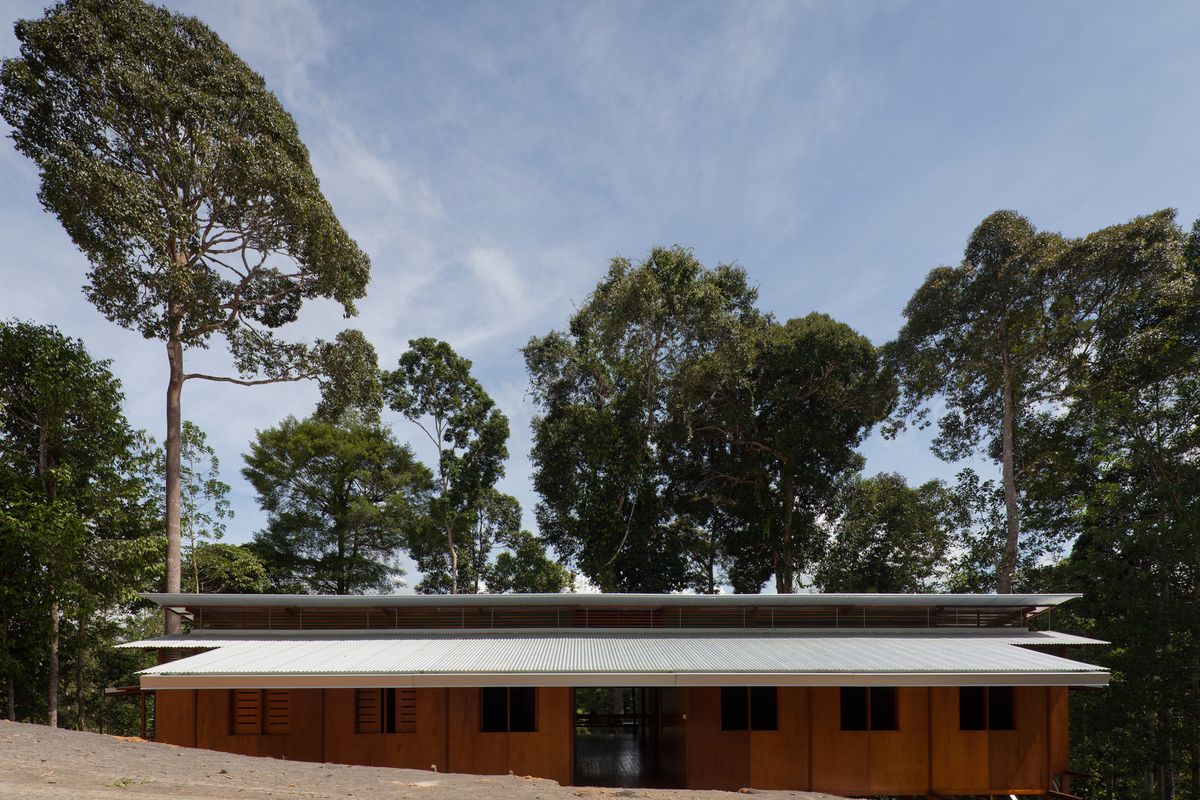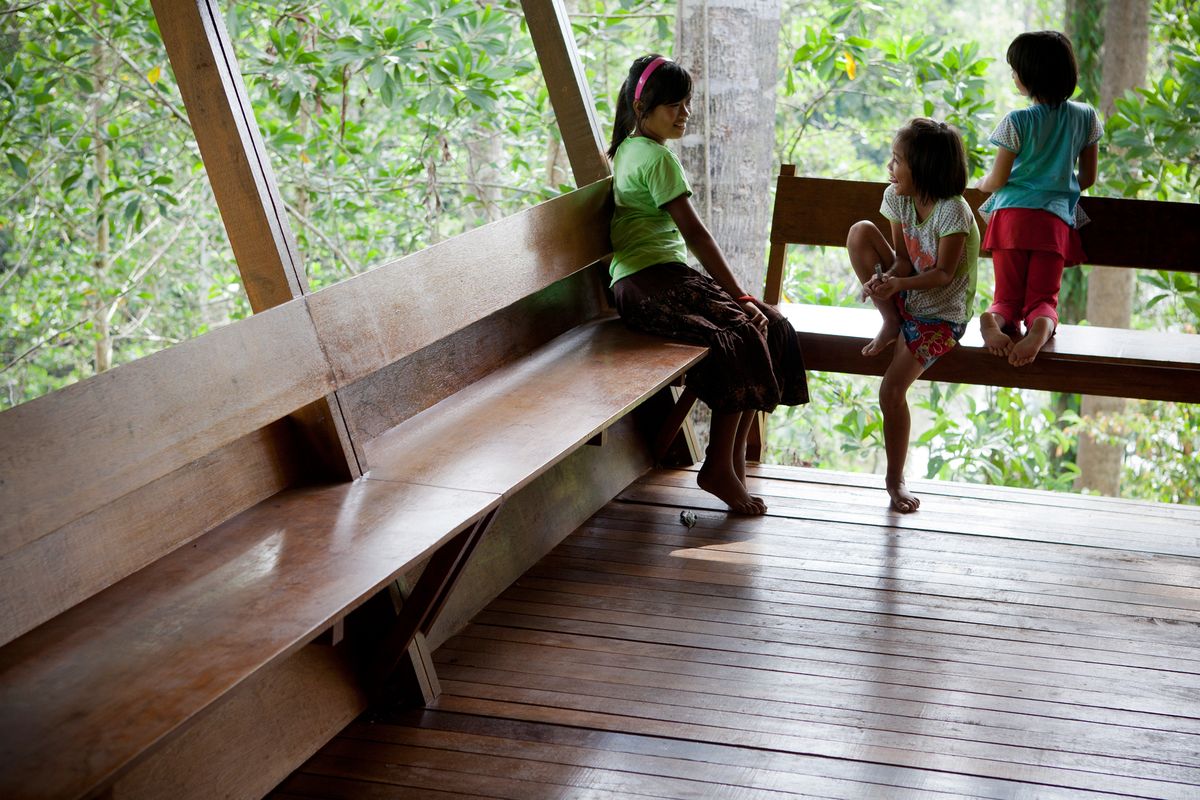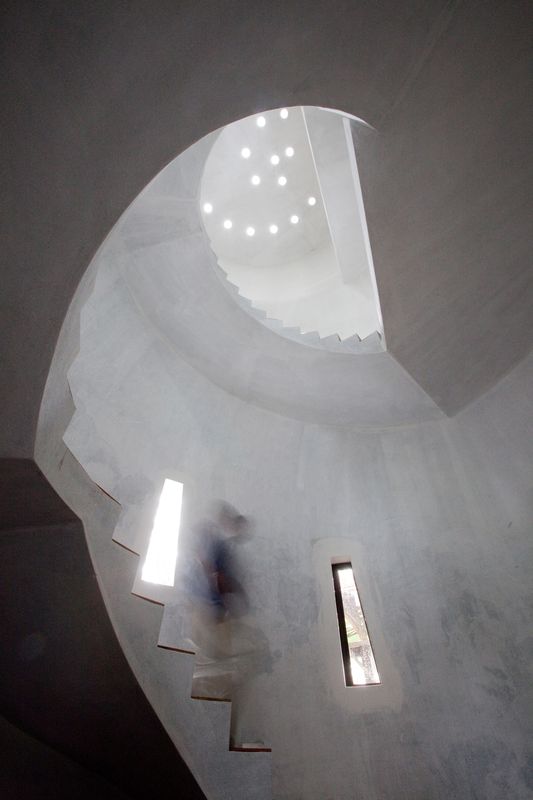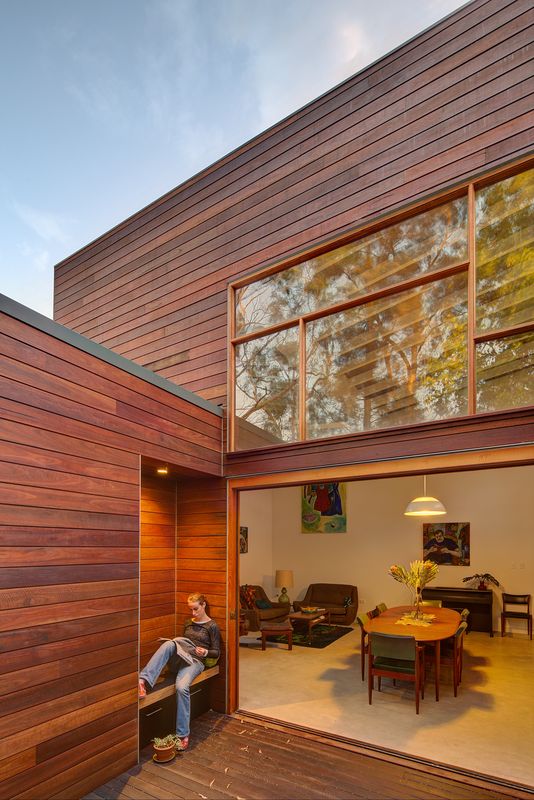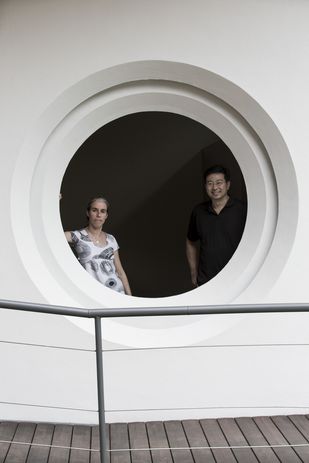
Carol Marra and Ken Yeh.
Image: Brett Boardman
The professional partnership of Carol Marra and Ken Yeh is driven by noticeably clear values. “Our principles are not esoteric theories or abstract notions,” Marra says. “They’re very logical and it is hard to argue with logic.” Like most of what Marra says, this is accompanied by a peal of laughter, a clue to their shared sense of humour and to the journey of discovery on which they take their clients, rather than imposing an architectural ideology on them. Marra and Yeh’s commitment to authenticity and sustainability is expressed in pragmatic terms of buildability, affordability, efficiency and, basically, what works best in a particular context.
The couple met studying architecture at the University of Texas at Austin. Argentinian-born Marra had been educated in the USA and Yeh, a champion swimmer in his home country of Malaysia, only ended up in Austin because the university brochure showed an impressive one-hundred-and-ten-metre, twenty-four-lane pool. After graduation they moved to Seattle, then in the middle of the IT boom. They worked there for almost five years, Yeh at Bohlin Cywinski Jackson and Marra at Hewitt Architects, until, by chance, they spent a week’s holiday in Sydney during the Olympics, liked it and came to Australia in 2002 under the Skilled Migration program.
Standard materials and building techniques are modified to increase environmental performance at Kubik House.
Image: Brett Boardman
The practice is based in Sydney but also has a satellite office in Ipoh, Malaysia, Yeh’s hometown. Two of the architects’ residential projects are located in a gated community on the edge of Ipoh – the Kubik House (2009) and the Stiletto House (2013) – and both highlight their driving principles, especially their holistic approach to sustainability. “What we try to do,” Marra says, “is to take normal construction methods and materials and modify them so that they increase the environmental performance of the building.” In other words, using standard building techniques without delivering standard buildings.
Understanding the effects of a particular context on tectonics and materials is crucial to this approach. Marra and Yeh also stress that a building should express its own making. This “trace of the hand,” Marra says, is even more valuable if you include handmade components, introducing a vital sense of “imperfection.” Add the concern for placemaking and you come up with the two Ipoh houses. “Whenever I see a material that’s wasted, I insist the client use this resource,” says Yeh, referring to the Kubik House. There it was local marble, highly prized by the Japanese but scorned by aspirational locals.
Stiletto House (2013), located in the same neighbourhood as Kubik House, reinterprets the traditional Malay house in steel.
Image: Brett Boardman
Both Kubik and Stiletto House made use of the exceptional skills of local carpenters and, in the case of Stiletto House, an outstanding metalworker. Both houses are modern reinterpretations of local traditions, within a multicultural dialogue – the Kubik owners are German and Malaysian-Chinese, the Stiletto owners cosmopolitan Malaysians of Chinese heritage. Then there is the fact that Stiletto is largely made from steel – not common practice in Malaysia, but economical and a nod to the tin-mining heritage of Ipoh and its legacy of skilled metalworkers.
In Sabah, a large reforestation project involved masterplanning a whole village for the staff. Marra and Yeh collaborated with a botanist and a cultural anthropologist to understand and express the ecology of the place in an updated vernacular combining local materials and labour with a high degree of structural engineering knowledge and modern jointing techniques. Yeh agreed to do the job on condition that fossil fuels be replaced with renewables and all buildings be made from local timber. Timber is unpopular as a building material in Malaysia, but Yeh argued that “as a logging company remaking itself as a forestry company … it should showcase the value of timber.” The client conceded.
Breuer House in Sydney’s Forestville embodies many sustainable design concepts, from high-spec windows and PV panels to capacity for multigenerational living.
Image: Brett Boardman
A recent project in Sydney’s Forestville became an exercise in alteration and addition rather than knocking down and rebuilding. The use of standard structural materials freed up the budget for quality environmental features such as hydronic heating, high-spec windows and solar panels, while rethinking the house as multigenerational provided an added cultural dimension to the notion of sustainability.
Marra and Yeh are diversifying. They have recently produced “a bunch of furniture,” including beds, desks and a dining table for the Forestville client, and they are bringing two terraces together to make a “Mediterranean-style house with a huge hole in the middle.” Yeh is working on a modular system for large solar farm installations, re-engaging with his student work on solar panels and his interest in botany, because they want to incorporate the cultivation of edible plants beneath the solar structure. The practice also hopes to work on larger and more complex building types.
Marra and Yeh Architects will be presenting at the ArchitectureAP Symposium during the Asia Pacific Architecture Forum on 4 March 2016. Click here to purchase tickets to the event.
The Asia Pacific Architecture Forum is a collaboration between founding partners Architecture Media and State Library of Queensland; presenting partners Sherman Contemporary Art Foundation, BVN and the Museum of Brisbane; event partners University of Queensland School of Architecture, Australian Institute of Architects, Artisan and the Australian High Commission Singapore; and is presented in association with The Queensland Art Gallery | Gallery of Modern Art (QAGOMA) – The 8th Asia Pacific Triennial of Contemporary Art and Maison&Objet Asia.r

